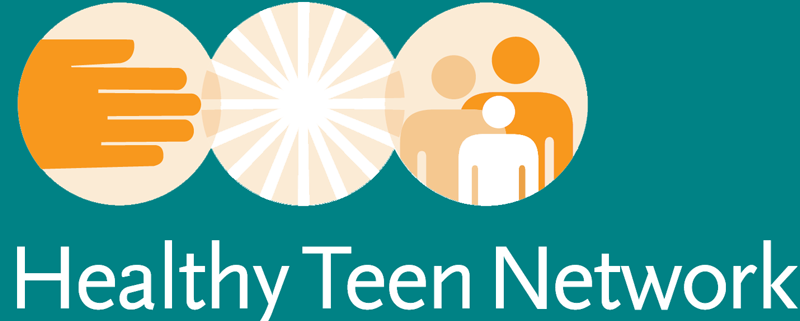Date: December 13th, 2016
By: Pat Paluzzi
Deprecated: get_the_author_ID is deprecated since version 2.8.0! Use get_the_author_meta('ID') instead. in /var/www/html/wp-includes/functions.php on line 4719
Deprecated: get_the_author_ID is deprecated since version 2.8.0! Use get_the_author_meta('ID') instead. in /var/www/html/wp-includes/functions.php on line 4719

I was asked recently if I could recommend an expert on the impact of race on teen pregnancy. The question reminded me of when I taught at a local HBCU and was educated by the researchers there about the difference between the use of the terms “race” and “racism.” It is a lesson I think I will always remember and feel the need to share at this time.
Race, as we know, is a social construct used to define groups of people with similar physical and cultural characteristics. Racism is a system of structuring opportunity and assigning value based on how one looks (i.e., race). Racism unfairly advantages some communities and unfairly disadvantages others. Why am I defining these terms? Because they are not the same, they are not interchangeable, and using them incorrectly leads to different strategies and outcomes.
If we speak of a relationship between race and teen pregnancy, we are saying that there are some inherent differences among black-, brown-, and white-skinned people when it comes to getting pregnant at a certain age. This line of thinking, besides being unproven, leads us to individual behavior change approaches. But what exactly are we trying to change? If race is the issue, we cannot change one’s race. Is the situation now hopeless? Does this mean that every person born with black or brown skin is at two times the risk of becoming a teen parent and there is nothing they can do about it?
Of course we know better, and when spelled out like this, it all sounds rather silly. But this was the gist of the frame in the 1970s when we first started to publicly address teen pregnancy. When the public face of who was having a baby in their teen years changed from white to black, the perceived ability to impact change began to be viewed as more hopeless.
Perhaps if we had correctly labeled the issue as racism then, that is recognized the impact of growing up with black or brown skin in America, we would have addressed the issue differently. Perhaps if we recognize and name the issue of racism now as the real culprit, we will see new and different kinds of strategies and improved outcomes. Racism is something we can change. The situation is not hopeless. Any increased risk of teen pregnancy that exists across race/ethnicities should be addressed in a holistic manner, what we call Youth 360°, which can encompass and address the systematic nature of racism which leads to underserved communities, and youth feeling less valued. But before we even get into the thick of redefining programs and approaches, let us all begin by using the two terms correctly.
Race is how we label people because of their skin color—racism is what makes life more challenging for them. What places brown and black-skinned young people at greater risk for anything is racism—not their race. In today’s racially charged climate, I hope that all of us can keep these differences in mind and focus our efforts on addressing racism.
Notice: Undefined variable: citation in /var/www/html/wp-content/themes/JointsWP-CSS-master/parts/loop-single.php on line 49
Deprecated: get_the_author_ID is deprecated since version 2.8.0! Use get_the_author_meta('ID') instead. in /var/www/html/wp-includes/functions.php on line 4719
About the Author
Deprecated: get_the_author_ID is deprecated since version 2.8.0! Use get_the_author_meta('ID') instead. in /var/www/html/wp-includes/functions.php on line 4719
Patricia Paluzzi, CNM, DrPH, President and CEO of Healthy Teen Network, has been active in the fields of reproductive, and maternal and child health for over 40 years, as a clinician, researcher, administrator, and advocate. Her clinical and content expertise spans the full scope of midwifery care, substance abuse, intimate partner violence, high-risk maternal child health (including pregnant teens), incorporating men into clinical services, and trauma-informed approaches.


